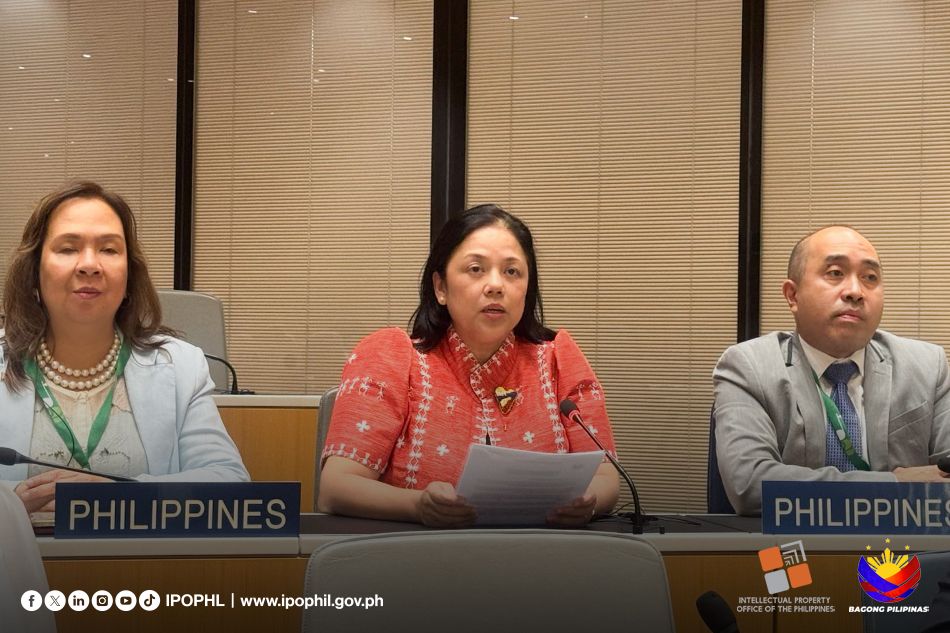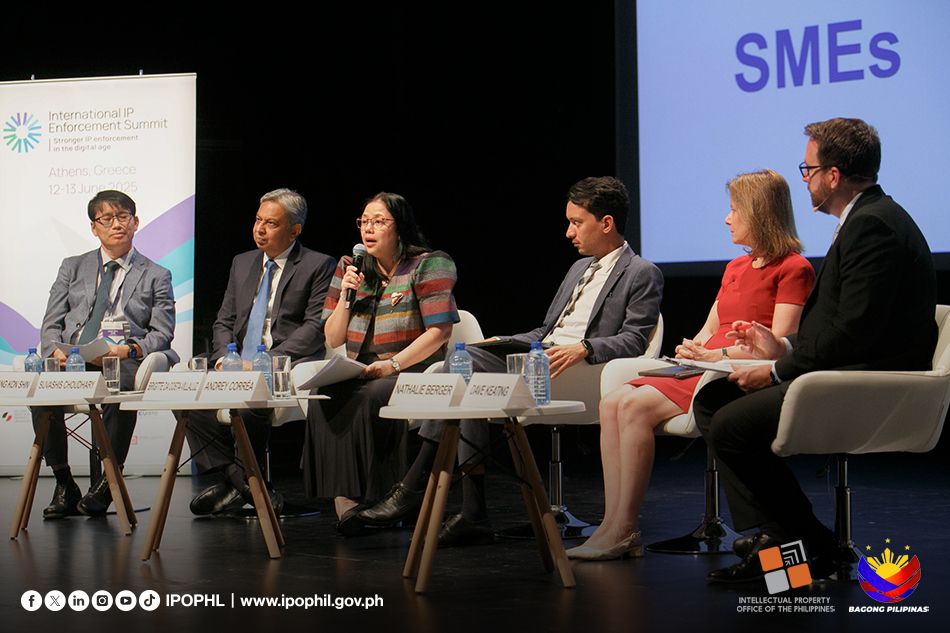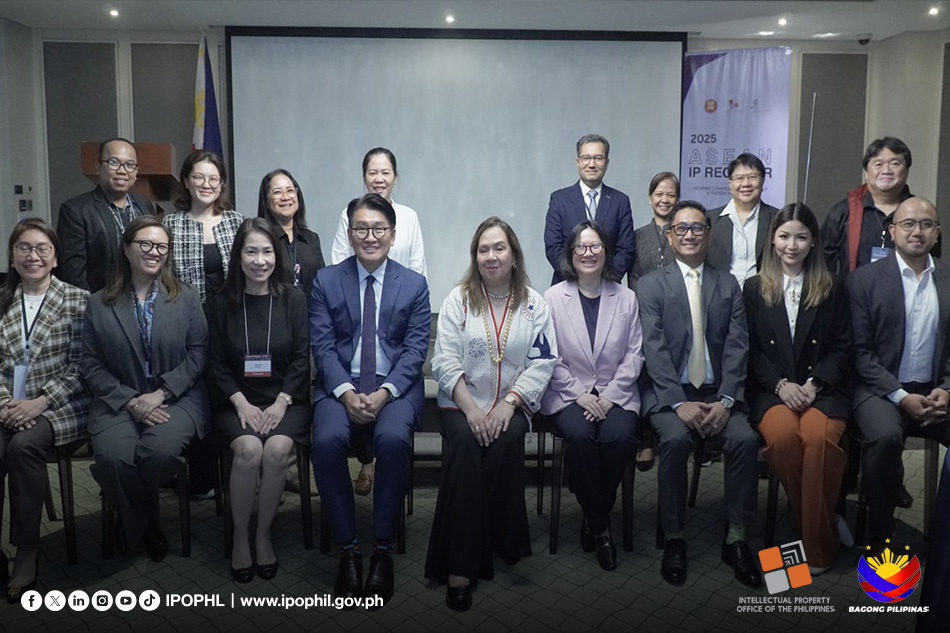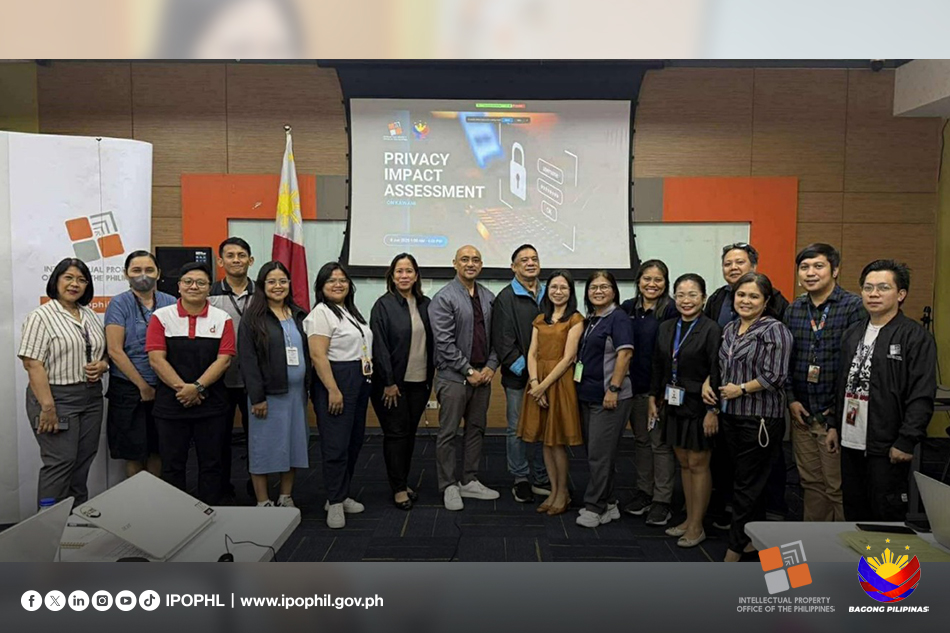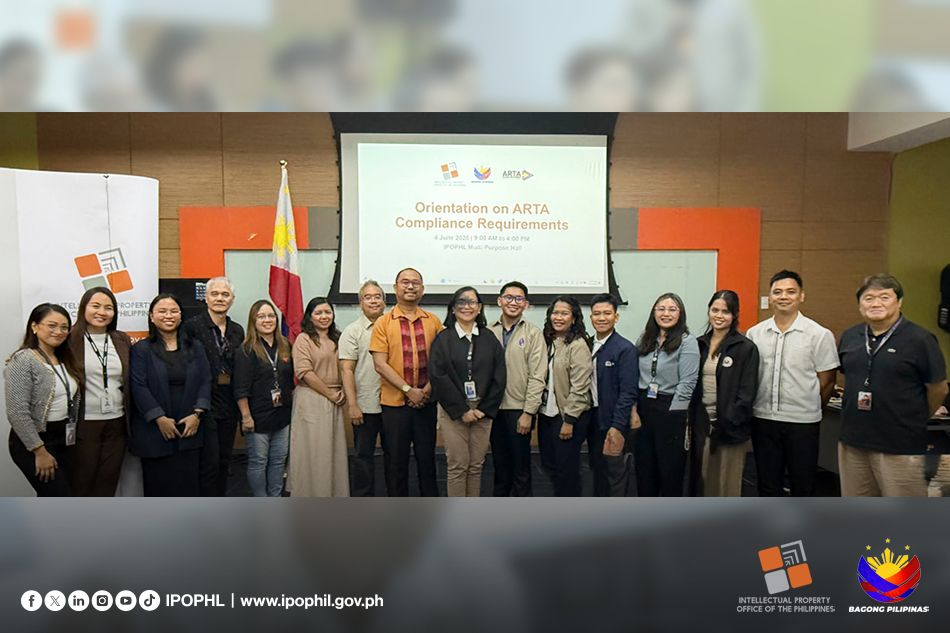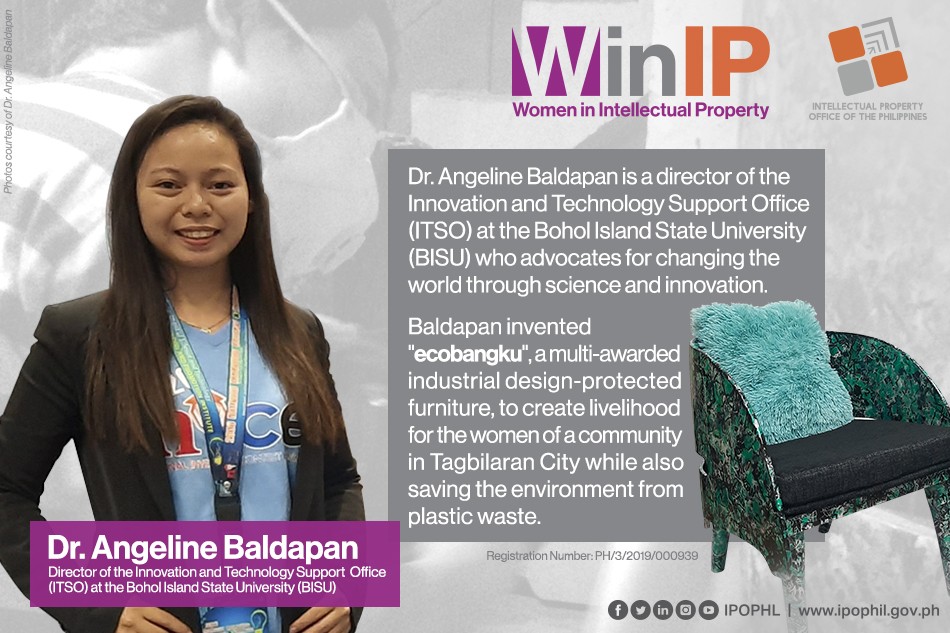
Dr. Angeline Baldapan: Using plastics for chairs, designing better lives
October 6, 2021
When Dr. Angeline Baldapan heard that Tagbilaran City was working with the Japan International Cooperation Agency (JICA) and the Fabrication Laboratory (FABLAB) Bohol to provide livelihoods to communities, she wondered how she could bring design and innovation into the equation.
After all, as a director of the Innovation and Technology Support Office (ITSO) at the Bohol Island State University (BISU), Baldapan advocates for changing the world through science and innovation.
As partners of the Intellectual Property Office of the Philippines (IPOPHL) in the higher education and research development institutes, ITSOs help promote intellectual property (IP) in the academe, providing technical assistance all the way from creation to protection and commercialization.
Under the Tagbilaran-JICA-FABLAB project called “Plastic Recycling Project for Improving Women’s Income,” KALIPI women hot-press plastic into sheets and sell them. But demand for their materials was low as they were only used for fashion accessories at the time.
She realized that more efforts had to be done to downstream the plastic sheets, create more demand for the material and help the KALIPI rake in more profit while ridding the environment of plastic.
“This inspired me to widen the use of these sheets and introduce upcycling designs to local furniture firms in Bohol,” Baldapan recounted.
Her idea then led to the ideation of what will be a multi-awarded innovation: the ecobangku.
From dreaming robotics to creating livelihoods
Derived from the words “eco,” meaning eco-friendly, and “bangku” a Philippine vernacular for chair, ecobangku primarily uses medium density polyethylene (MDPE) boards from upcycled plastic.
MDPE is known for having high impact resistant properties, toughness, density, as well as moisture and chemical resistance. It is used for a wide range of applications, from industrial pipes and vehicle bodies to toys and other household products.
To make the idea a reality, Dr. Baldapan combined various techniques and formulations to make the MDPE board she specifically needed for her envisioned ecobangku. She then submitted samples to the Department of Science and Technology-Industrial Technology Development Institute to test its physical property and performance level.
“With my partner, Jefferson Elegio, we made the mould and presser exclusively for the backrest of ecobangku, and the ecobangku itself,” she explained.
In her younger years, Baldapan dreamed to be a robotics scientist. Along the way, she saw how understanding the design engineering process can be a stepping stone to achieve her dream so she took up a degree in Industrial Design (ID).
“ID taught me countless learnings and ideas in designing including the use of microcontrollers. As time went by, I fell in love with the curves of furniture and started to conceptualize different items,” she said.
Now, a design professor, Baldapan is gearing toward establishing her own business, primarily to commercialize ecobangku and produce other designs.
“My inspiration in making this project was increasing the income of KALIPI women from whom I purchased the plastic sheets. Their working force are all mothers, and I am inspired by their determination and hardwork in making the upcycled plastic sheets to provide for their families and send their kids to school,” she said.
While a piece of ecobangku has yet to be sold, she hopes to soon put up her own furniture company in the province and give more jobs to Boholanos.
“I want to design for the other 90% of the population to generate jobs, help uplift the economy and alleviate poverty,” Baldapan added.
To inspire sustainability across the world
Baldapan’s ecobangku is best for environmentally conscious individuals and companies.
She hopes to soon work with hotels, restaurants and even furniture industry groups like the Cebu Furniture Industries Foundation, the Chamber of Furniture Industries in the Philippines and the Pampanga Furniture Industries Foundation to promote her designs.
Through a larger network, she also hopes to inspire designers to lead the way in making consumption and production trends more sustainable.
“I’ve pictured ecobangku to be the inspiration of designers to produce products that can impact the community,” Baldapan said.
In the future, she hopes to venture into making plastic plyboards to have a stable supply chain and create more jobs, while also building branches in other parts of the Philippines and of the world.
“Since ecobangku is easy to produce, I’ve envisioned that this will be displayed in high quality furniture companies in the Philippines and abroad,” she explained.
By penetrating foreign markets, she hopes to further uplift the lives of the KALIPI community and inspire others from all over the world of the community group’s positive contributions to Bohol’s environment and their dedication to giving their families a better life.
Whole-of-community effort
Approximately 20 kilos of plastic materials were used to produce one ecobangku, an amount that would be hard to gather for one person. To ensure they have enough material to create the ecobangku, Baldapan had to gather enough plastic waste from households, colleagues, laundry shops and wet markets.
“I also asked help from my students in gathering plastic bags from their households and neighborhood,” she said.
To this end, she plans to collect all plastics in her community with the help of KALIPI and especially the local government, which has the power to strictly order households to segregate plastic shopping bags from other garbage.
Pandemic challenges
But having good intentions and a good idea doesn’t mean that everything will be easy, as Baldapan had experienced. For one, the COVID-19 pandemic has significantly delayed her planned schedule for commercialization.
The subsequent economic downturn made it hard to lure businesses to purchase her products.
If there was any bright spot in this crisis, she said it was the “ample time” she is given to play with the material and develop new designs using the MDPE board, not just in furniture but also for other home accessory items.
But as soon as the pandemic is over, she plans to finally roll out the ecobangku in the market. While this is no easy feat, she believes her intellectual property (IP), particularly her ID, will help her succeed.
Embedding intellectual property in the academic culture
“With protection, I gained exclusive rights to a product that can help me have a strong market position amid the many competitors out there,” Baldapan said.
As an ITSO manager, Baldapan aims to help fellow designers and creators in BISU also realize their innovation goals.
She has helped develop BISU’s Policy on IP and Technology Transfer and, to this day, mobilizes activities to strengthen the capacity of faculty and students in accessing patent information, IP protection and technology commercialization through her ITSO’s and IPOPHL’s efforts.
“As a creator, a protected IP helped me be more confident in my designs and innovations. By scanning patent databases, it helped me find innovation gaps that led to new ideas for socially relevant research and development and avoid reinventing the wheel,” Baldapan said.
With her big dreams for her IP and the ecobangku project, she hopes that people, especially in rural communities, will be more environmentally conscious and begin to invest more heavily in eco-friendly products.




